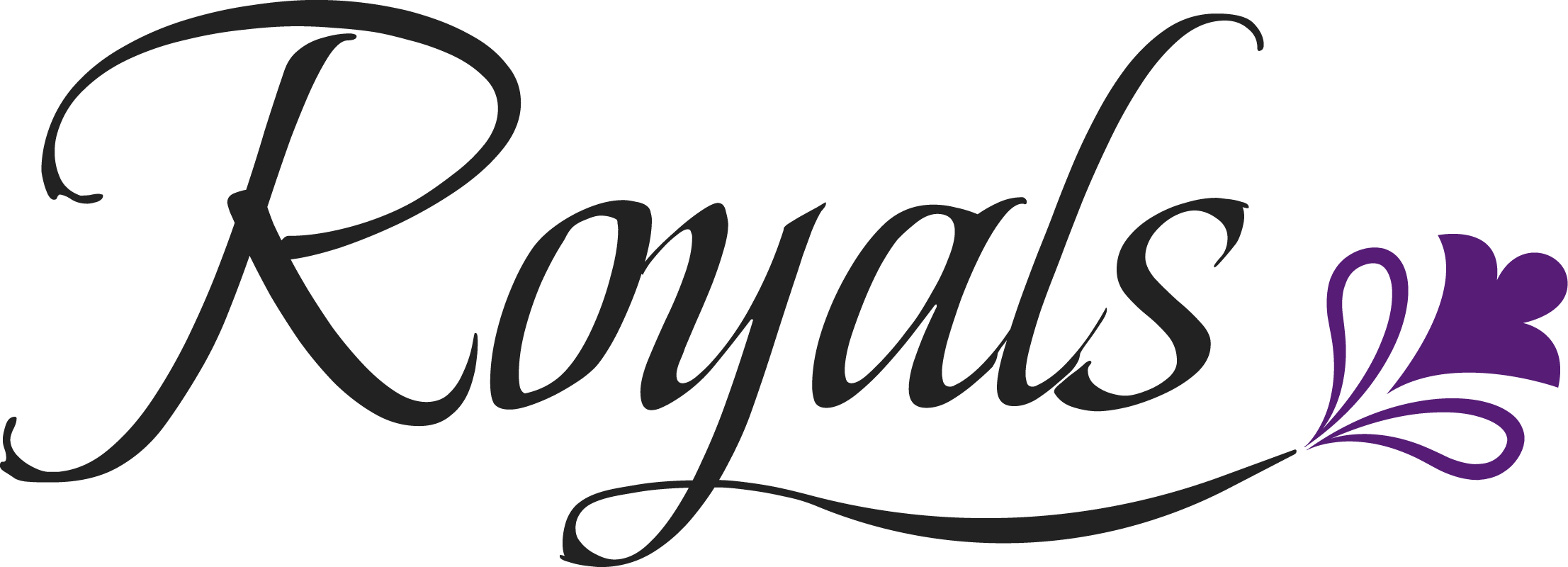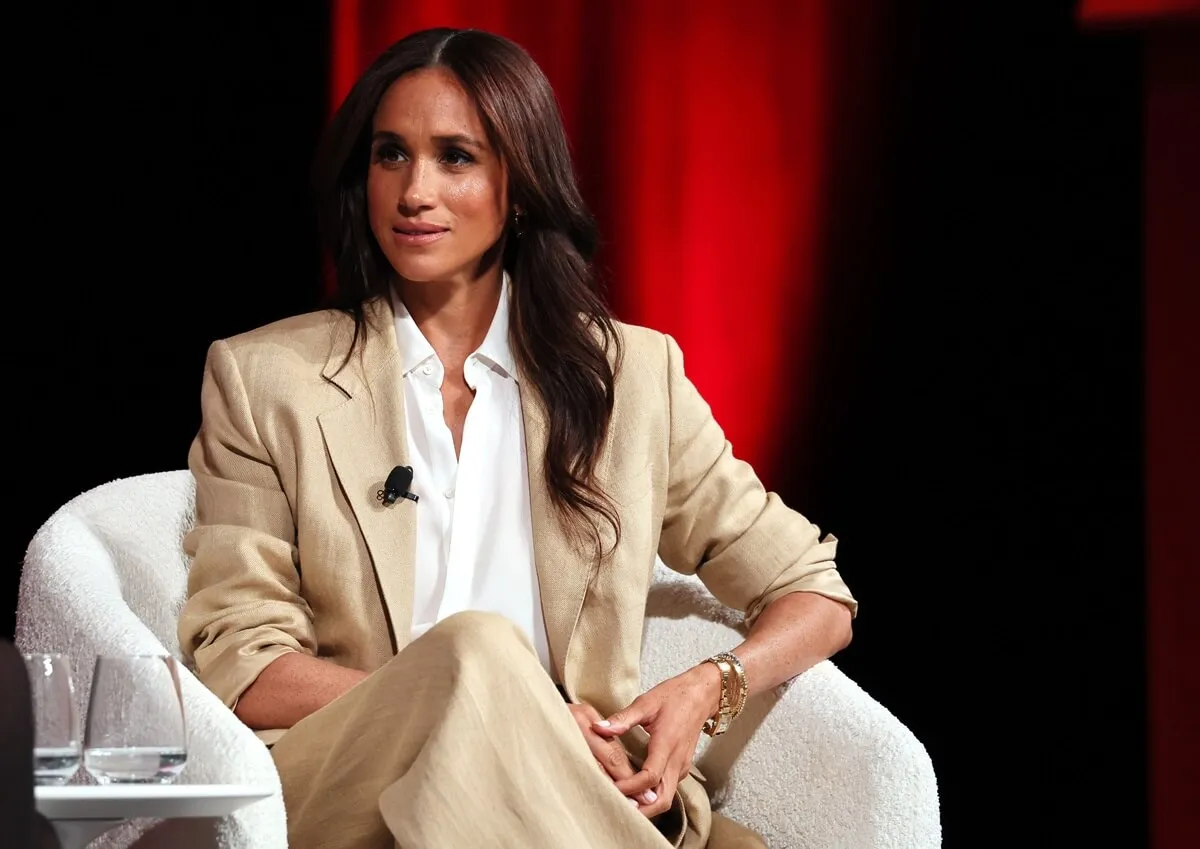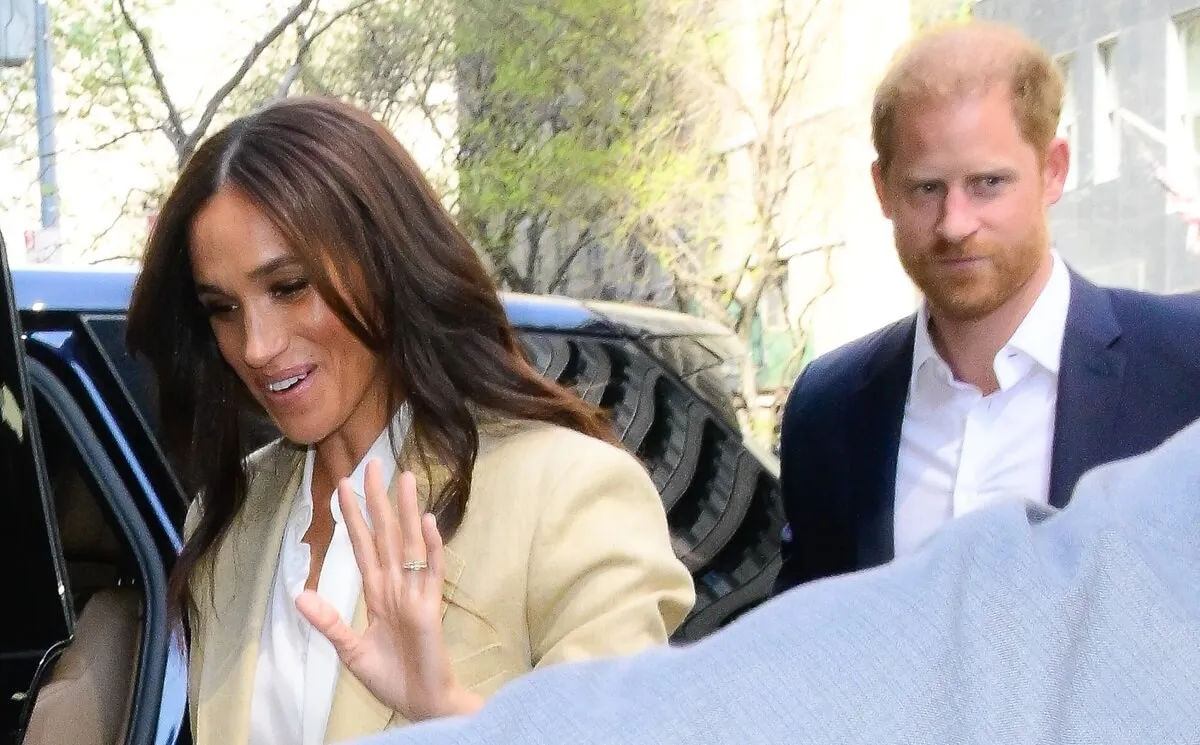Why Royal Women Used to Give Birth in Front of Crowds of People
Queen Elizabeth II‘s eldest granddaughter, Zara Tindall, and her husband Mike Tindall welcomed a son, Lucas Philip, on March 21, 2021. But as Mike explained, the baby arrived a little sooner than they thought so they never made it to the hospital.
At one time though, royal children were born inside palaces and in front of an audience. Here’s more on the reason for that and what Mike said happened when Zara gave birth.
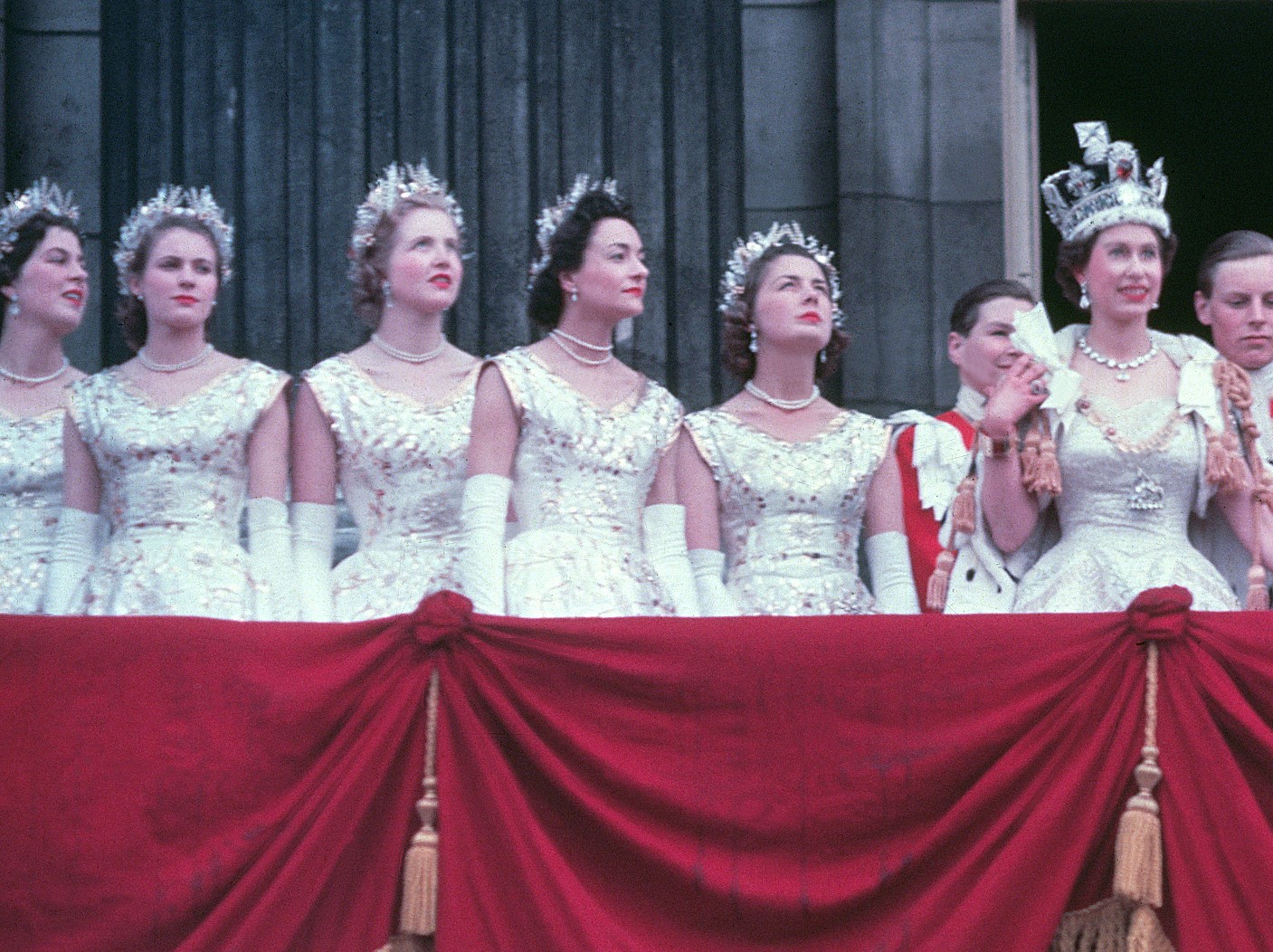
Mike Tindall reveals that Zara gave birth on the bathroom floor
Mike announced the arrival of the couple’s third child on his podcast The Good, The Bad and The Rugby.
“[The baby] arrived very quickly. Didn’t make it to hospital. On the bathroom floor,” he revealed, adding, “So yeah, it was running to the gym, get a mat, get into the bathroom, get the mat on the floor, towels down, brace, brace, brace.”
Mike then praised his wife calling her a “warrior.”
“As every man will say, she was a warrior as always, they always are,” he said.
While giving birth on the floor of their lavatory wasn’t ideal, some royal women once had to give birth in front of a crowd of people.
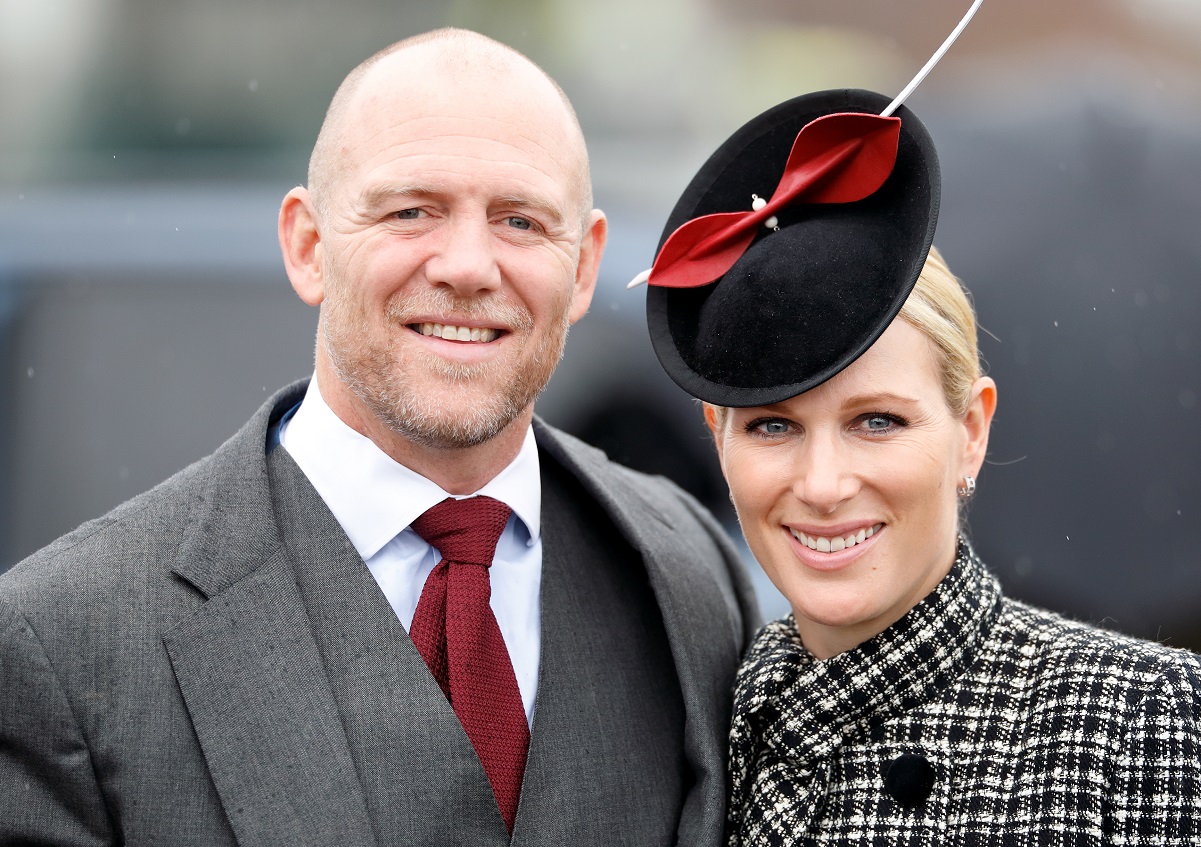
Witnesses used to be essential when a monarch gave birth
The Tindall’s son arrived before they could make it to the hospital. But for centuries royal women delivered their babies at home just like Zara expect in the past an audience watched the whole thing.
Years ago royal births were anything but private as a crowd of people were required to witness them. The Guardian reported that “It was common practice for witnesses to attend a birth, to encourage the woman in labor and to swear there had been no foul play if the child died.” In the room with the mother having the baby were her ladies-in-waiting, midwives, doctors, male courtiers, and other staffers.
In some cases, members of the general public also got to see a queen give birth. This was the case with Queen Marie Antoinette. According to History.com, on the morning of Dec. 19, 1778, bells rang out to signal that the King of France’s wife had gone into labor.
In her book Love and Louis XIV, author Antonia Fraser wrote that the crowds “were mainly confined to outer rooms such as the gallery, but in the general pandemonium, several got through to the inner rooms.” She added that a number of onlookers were “discovered perched aloft in order to get a really good view.”
The practice ended when Queen Elizabeth II had Prince Charles
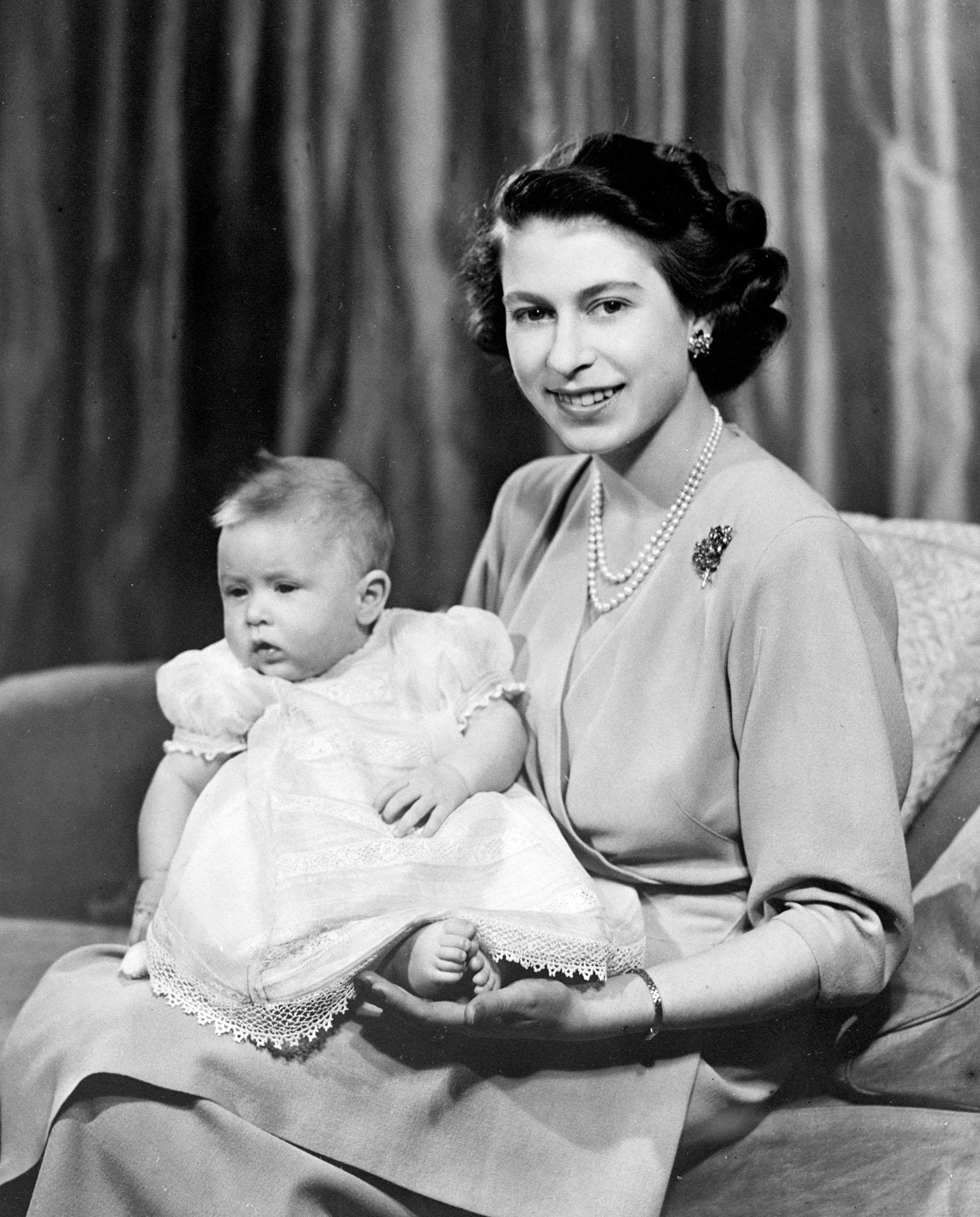
In 1894, it was decided that instead of the normal crowds in the delivery room home secretaries to confirm the births were enough.
In 1948, then-Princess Elizabeth had Prince Charles in Buckingham Palace, but the future king’s birth took place without a politician present. That’s because Elizabeth’s father, King George VI, had deemed the practice unessesary and therefore it was discontinued.
